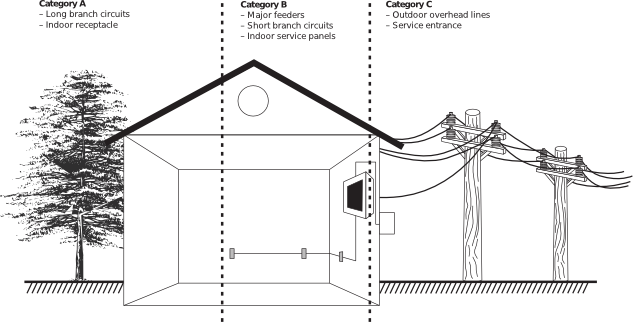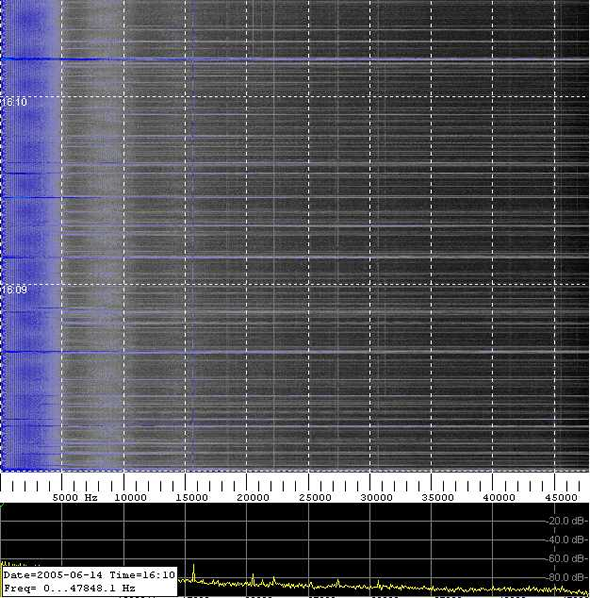|
|

| EMI and Lightning | ||||||||||||
Electronic physical security systems are vulnerable to EMI and lightning just like any other electrical/electronic system. In fact, they are usually more suseptible, because the interconnecting cables represent a huge antenna that is not shielded unless the building itself is a Faraday shield or anechoic chamber. Consequently, all the usual means and methods for transient protection apply. False alarms created by various forms of EMI are a well known plague to security firms and law enforcement. Damage to components by electrical disturbances such as voltage spikes from electrical storms is more commonly the domain of the security company installer/maintainer and the system owner experiencing EMI outages. The most notable and dramatic example of such interference is lightning. The following is a look at the nature of lightning strikes, the electrical disturbances they create, and how the hazard is catagorized. |
||||||||||||
|
||||||||||||
|
||||||||||||
|
||||||||||||
ANSI/IEEE C62.41 (2002) recommended practice on surge voltages in low voltage AC power circuits (ANSI) describes a typical surge environment based on location within a facility, power-line impedance to the surge and total wire length. Other parameters include proximity, type of electrical loads, wiring quality and geographic location. The document only describes typical surge environments and does not specify a performance test. The waveforms included in the document are meant as standardized waveforms that can be used to test protective equipment. Any statement where a manufacturer advertises that its “protector meets the requirement of,” or is “certified to IEEE C62.41," is inappropriate and misleading. As shown in the figure below, locations within a structure are classified into three categories: Category A: outlets and long branch circuits
Category B: feeders and short branch circuits
Category C: outside and service entrances
|
||||||||||||
 |
||||||||||||
| The following are two ELF waterfall spectrums comparing a clear day to a local lightning storm. The signals were obtained from our proprietary magnetic antenna array inside our laboratory near ground level (not outside at any elevation) in a Category A environment running on a UPS system. | ||||||||||||
 |
||||||||||||
| A quiet day... (Scroll rate = 300ms) | ||||||||||||
 |
||||||||||||
| Local Storm Scroll (rate = 300ms) | ||||||||||||
Most severe electrical disturbances are either conducted into the structure from outside via the power lines or induced into the conductors within the structure. And, any electronic physical security system signal lines represent a huge antenna. All sensors are vulnerable either from conducted emmissions over power and subsequent signal lines or induced into the cables connecting sensors to any DSP. It is well known that no electrical system can survive these disturbances without proper signal and line conditioning distributed throughout the entire system. Electronic physical security systems are no exception. International standard EN/IEC 62305 goes into great depth on this subject. Claims that any electrical contact, and especially spherical contacts, are somehow immune to electrical disturbances such as lightning strikes is pure fantasy. Any switch or electrical contact must be protected by transient and surge protection techniques. We have seen demonstrations wherein a switch is encased in a grounded metal shield where upon the grounded case is zapped with high voltage. The true test should have been zapping the leads into the switch. This is a perfect example of snake oil and junk science. All of our switches and sensors employ Category A transient interference suppression in compliance with International Standards. As far as we know, Jackson Research is the only electronic physical security cmponent designer/manufacturer who does this. The Mean Time Between False alarm conditions in our development system is ten years. |
||||||||||||
|



